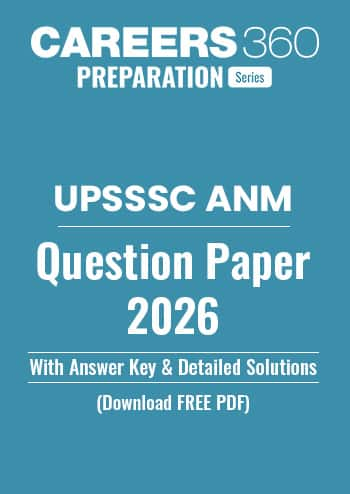- Engineering and Architecture
- Management and Business Administration
- Medicine and Allied Sciences
- Law
- Animation and Design
- Media, Mass Communication and Journalism
- Finance & Accounts
- Computer Application and IT
- Pharmacy
- Hospitality and Tourism
- Competition
- School
- Study Abroad
- Arts, Commerce & Sciences
- Learn
- Online Courses and Certifications
- Home
- Study Material
- Chromosomal Theory of Inheritance MCQ - NEET Practice Questions with Answers
Quick Facts
-
Chromosomal Theory of Inheritance & T.H. Morgan, Experiments of T.H Morgan is considered one of the most asked concept.
-
32 Questions around this concept.
Solve by difficulty
Which scientist proposed the Chromosomal Theory of Inheritance?
According to the Chromosomal Theory of Inheritance, where are genes located?
What was the organism that T.H. Morgan used in his experiments on inheritance?
Experiment performed by Morgan on drosophila, in cross A

The frequency of recombination and parental is:
Concepts Covered - 2
Chromosomal Theory of Inheritance & T.H. Morgan
- The Chromosomal Theory of Inheritance identified chromosomes as the genetic material responsible for Mendelian inheritance.
- It was based on the observations and conclusions drawn by Theodor Boveri and Walter Sutton.
- The Chromosomal Theory of Inheritance was consistent with Mendel’s laws and was supported by the following observations:
- During meiosis, homologous chromosome pairs migrate as discrete structures that are independent of other chromosome pairs.
- Each parent synthesizes gametes that contain only half of their chromosomal complement.
- Even though male and female gametes (sperm and egg) differ in size and morphology, they have the same number of chromosomes, suggesting equal genetic contributions from each parent.
- The gametic chromosomes combine during fertilization to produce offspring with the same chromosome number as their parents.
- Following this synthesis of ideas, experimental verification of the chromosomal theory of inheritance by Thomas Hunt Morgan and his colleagues, led to discovering the basis for the variation that sexual reproduction produced.
- Morgan worked with the tiny fruit flies, Drosophila melanogaster because of following reasons:
- They could be grown on simple synthetic medium in the laboratory.
- They complete their life cycle in about two weeks, and a single mating could produce a large number of progeny flies.
- There was a clear differentiation of the sexes – the male and female flies are easily distinguishable.
- It has many types of hereditary variations that can be seen with low power microscopes.
Experiments of T.H Morgan
- Morgan carried out several dihybrid crosses in Drosophila to study genes that were sex-linked.
- The crosses were similar to the dihybrid crosses carried out by Mendel in peas.
- For example Morgan hybridised yellow-bodied, white-eyed females to brown-bodied, red-eyed males and intercrossed their F1 progeny.
- He observed that the two genes did not segregate independently of each other and the F2 ratio deviated very significantly from the 9:3:3:1 ratio (expected when the two genes are independent).
- Morgan and his group knew that the genes were located on the X-chromosome.
- They found that when the two genes in a dihybrid cross were situated on the same chromosome, the proportion of parental gene combinations were much higher than the non-parental type.
- Morgan attributed this due to the physical association or linkage of the two genes and coined the term linkage to describe this physical association of genes on a chromosome and the term recombination to describe the generation of non-parental gene combinations.
- His student Alfred Sturtevant used the frequency of recombination between gene pairs on the same chromosome as a measure of the distance between genes and ‘mapped’ their position on the chromosome.
- Today genetic maps are extensively used as a starting point in the sequencing of whole genomes as was done in the case of the Human Genome Sequencing Project.

Study other Related Concepts
Chromosomal Theory of Inheritance Current Topic
"Stay in the loop. Receive exam news, study resources, and expert advice!"

Books
Reference Books
Experiments of T.H Morgan
Biology Textbook for Class XII
Page No. : 83
Line : 6
Clear your Basics with NCERT
E-books & Sample Papers
Get Answer to all your questions
Explore on Careers360
JEE Main
RPVT
Colleges By Branches
Colleges By Exam
Colleges By Branch
Colleges By Exams
Colleges By Ownership
Colleges By State
Colleges By Exams
Colleges By Degree
Colleges by State
Colleges by City
Colleges by State
Universities by Branches
By State
Colleges by City
Colleges by State
By State
BE/B.Tech
Diploma
MBA Specialization Colleges
Student Community: Where Questions Find Answers













